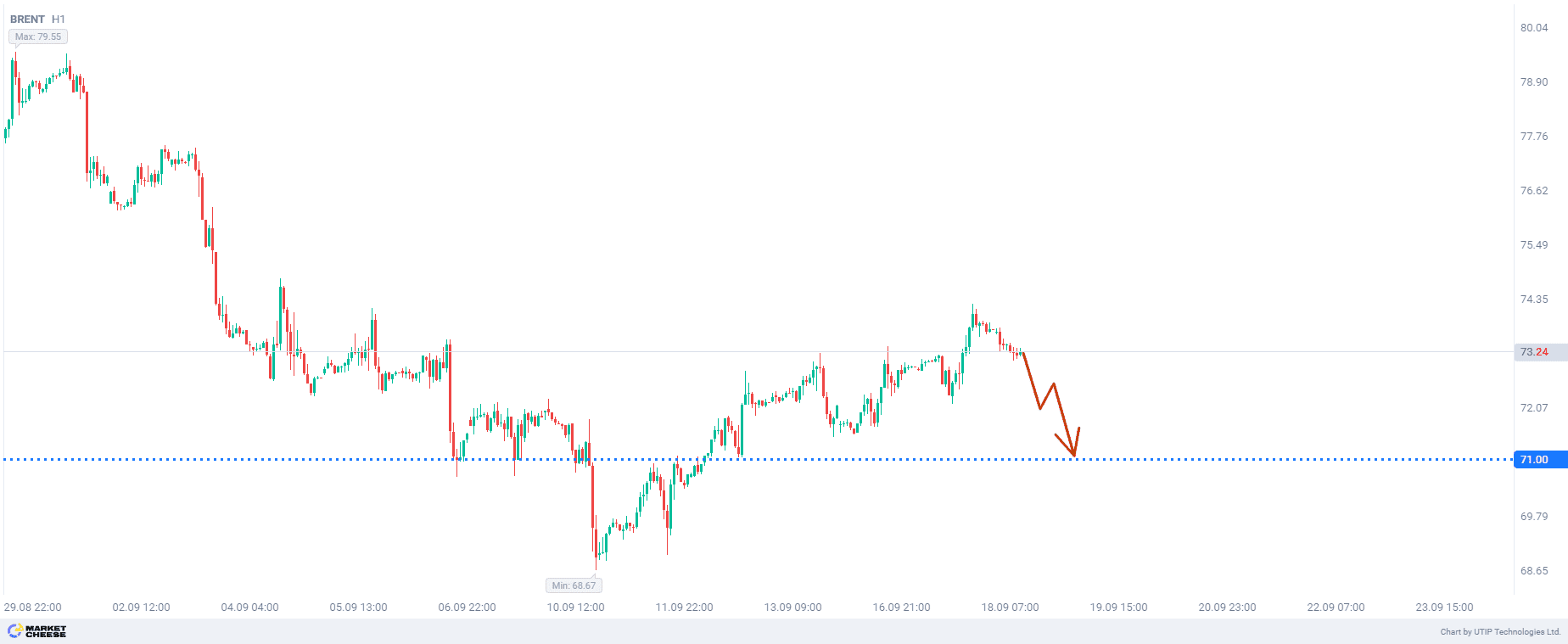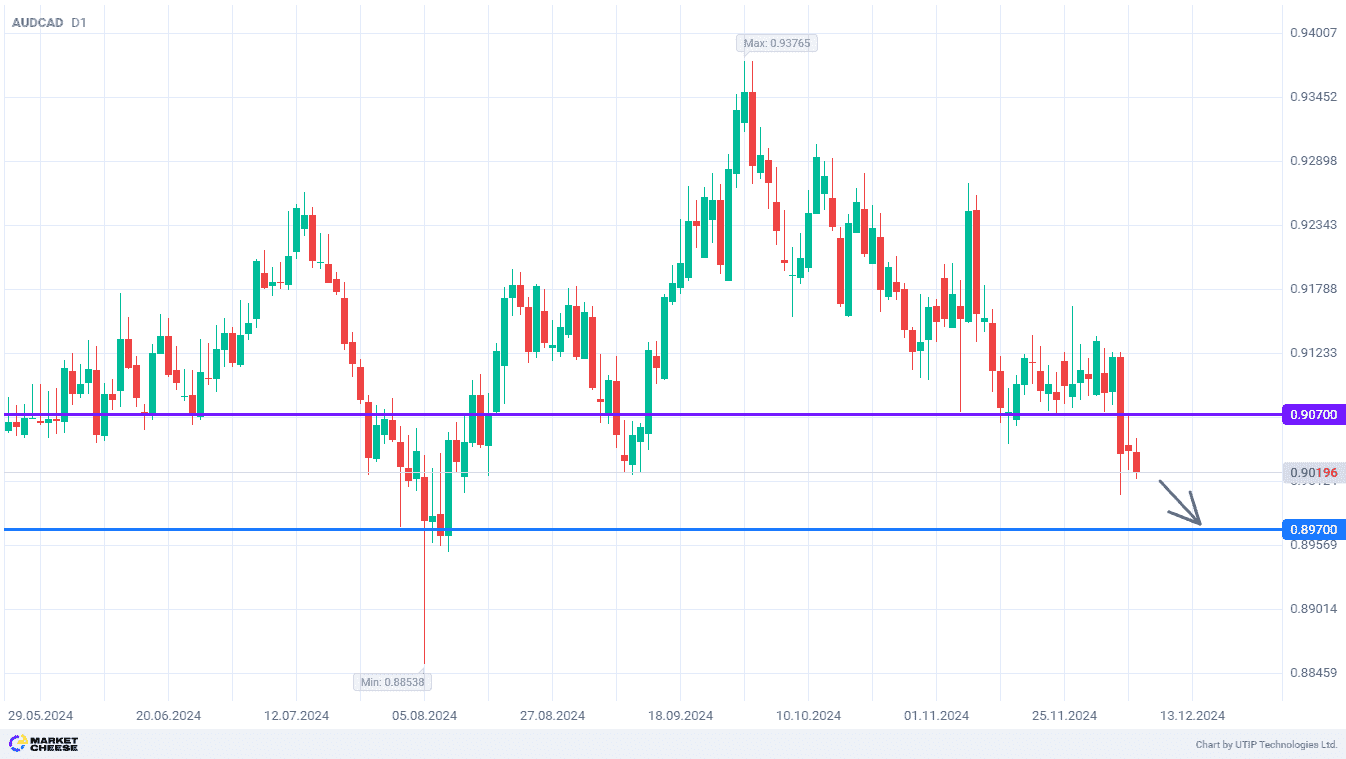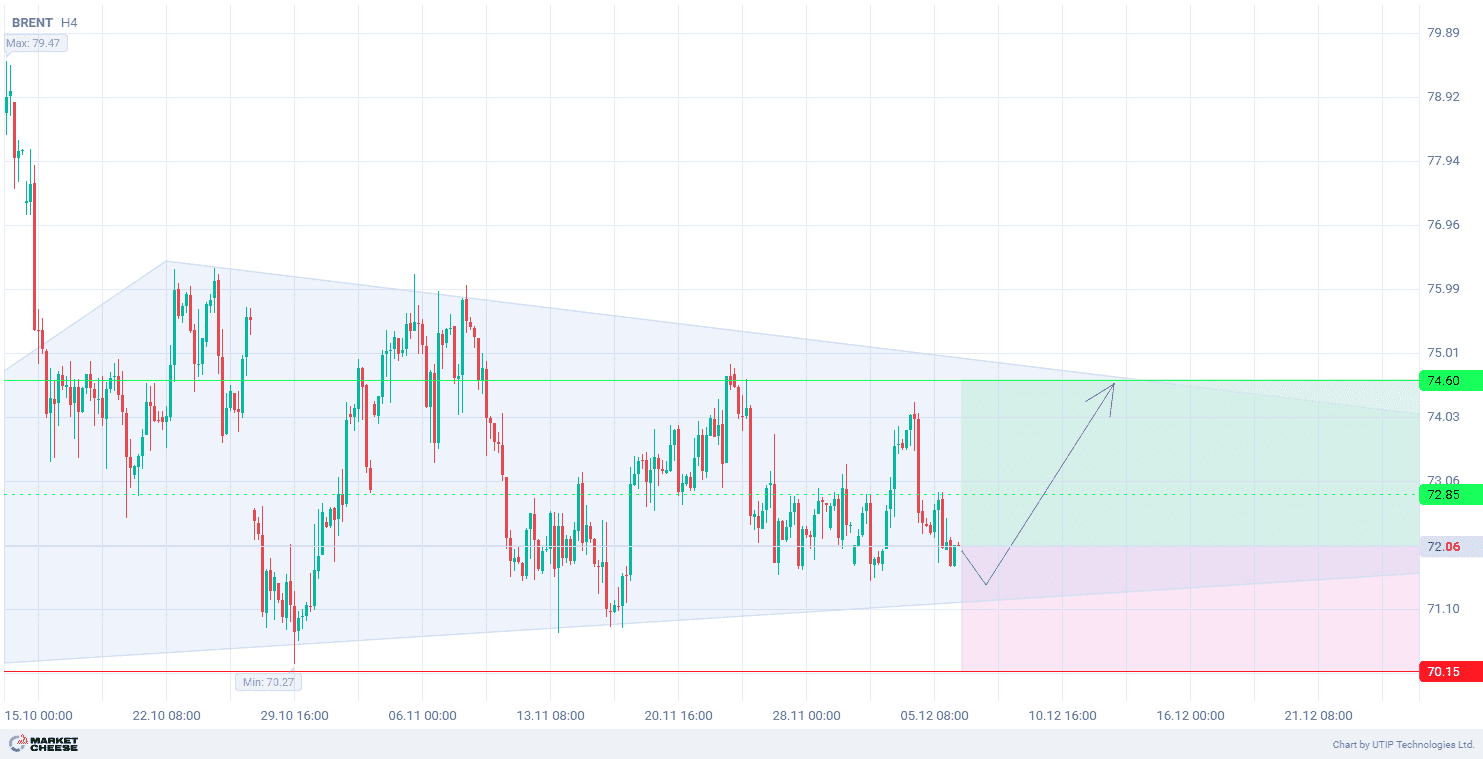An update from the Energy Information Administration on U.S. crude oil inventories for last week is expected today. Inventories are forecast to fall to -0.100 million barrels. Last week’s report showed inventories at 0.833 million.
The report from the EIA usually comes out after the Bulletin from the American Petroleum Institute (API), that was already published. That report, on the contrary, set expectations for an increase in oil inventories from -2.790 million barrels to -0.100 million. The actual value exceeded expectations: crude oil inventories were at a record high for the last ten weeks at 1.96 million barrels.
It’s worth noting that the API report not only comes out before the EIA report, but is also likely to predict the data on crude oil inventories in the government report.
If the EIA report also shows a high level of oil reserves, it will confirm the estimates that were previously given by OPEC and IEA, i.e. the actual slowdown in production activity reduces the need for oil, demand decreases, and world oil prices fall.
It can be assumed that if the EIA data show the level of actual oil reserves above 3.5 million barrels, it will lead to a short-term decline in Brent prices to the level of $71 per barrel. Such estimates of reserves were already made on June 12 and June 26 this year, and in both cases it led to a local decline in prices. Now the situation is aggravated by the macroeconomic slowdown, and the fall in Brent price may be more tangible.
The final recommendation is to sell Brent if crude oil reserves in the USA exceed the level of 3.5 million barrels.
The profit could be fixed at 71.0. The Stop loss could be placed at the level of 74.0.
The volume of the opened position should be set so that the value of a possible loss, defined with a protective stop order, doesn’t exceed 2% of your deposit.










